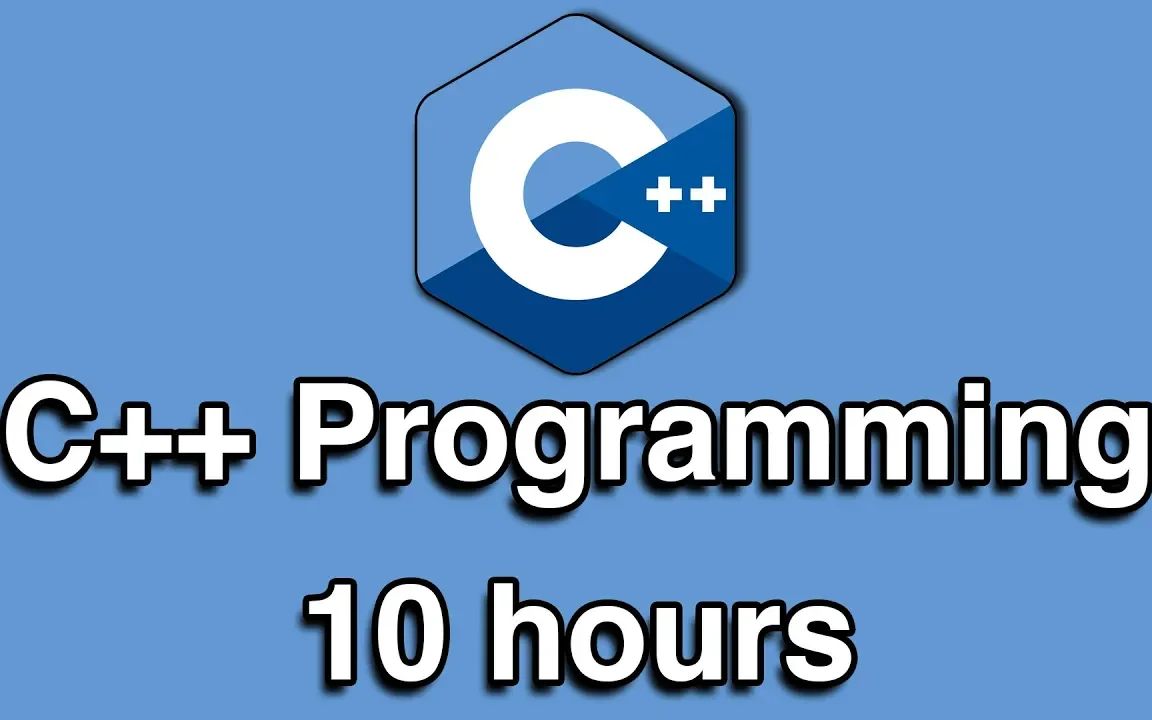一、数据绑定基础概念
1.1 数据绑定的核心要素
数据绑定是连接UI控件与数据源的桥梁,包含四个关键组成部分:
- 绑定目标(Target):通常是控件的依赖属性(如TextBox.Text)
- 绑定源(Source):提供数据的对象(如ViewModel属性)
- 绑定路径(Path):指定绑定源中的属性路径
- 绑定模式(Mode):控制数据流方向
1.2 绑定模式详解
| 绑定模式 | 描述 | 适用场景 |
|---|---|---|
| OneWay | 源→目标单向流动,源变化自动更新目标 | 只读数据显示(如Label) |
| TwoWay | 双向绑定,源和目标任一方的变化都会同步到另一方 | 可编辑表单控件(如TextBox) |
| OneTime | 仅在初始化时绑定一次,后续变化不更新 | 静态数据展示 |
| OneWayToSource | 目标→源单向流动,目标变化更新源 | 特殊场景如Slider控制非依赖属性 |
| Default | 使用依赖属性定义的默认模式(多数可编辑控件默认为TwoWay,只读控件默认为OneWay) | 一般无需显式指定 |
二、基础绑定技巧
2.1 简单属性绑定
<!-- XAML绑定语法 -->
<TextBox Text="{Binding UserName, Mode=TwoWay, UpdateSourceTrigger=PropertyChanged}"/>
<Label Content="{Binding ItemCount, StringFormat='总数: {0}'}"/>
<ProgressBar Value="{Binding ProgressPercentage, Mode=OneWay}"/>2.2 集合绑定与显示优化
// ViewModel中定义可观察集合
public ObservableCollection<Product> Products { get; } = new ObservableCollection<Product>();<!-- UI绑定优化 -->
<ListBox ItemsSource="{Binding Products}"
VirtualizingStackPanel.IsVirtualizing="True"
ScrollViewer.CanContentScroll="True">
<ListBox.ItemTemplate>
<DataTemplate>
<StackPanel Orientation="Horizontal">
<TextBlock Text="{Binding Name}" Width="150"/>
<TextBlock Text="{Binding Price, StringFormat=C}"/>
</StackPanel>
</DataTemplate>
</ListBox.ItemTemplate>
</ListBox>集合绑定优化技巧:
- 对大型集合启用UI虚拟化(
VirtualizingStackPanel) - 使用
ObservableCollection<T>替代List<T> - 分页加载大数据集
- 考虑使用
CollectionViewSource进行排序/过滤
2.3 值转换器实战
创建实现IValueConverter的转换器:
public class BoolToVisibilityConverter : IValueConverter
{
public object Convert(object value, Type targetType, object parameter, CultureInfo culture)
{
return (value is bool b && b) ? Visibility.Visible : Visibility.Collapsed;
}
public object ConvertBack(object value, Type targetType, object parameter, CultureInfo culture)
{
return value is Visibility v && v == Visibility.Visible;
}
}XAML中使用:
<Window.Resources>
<local:BoolToVisibilityConverter x:Key="BoolToVisibility"/>
</Window.Resources>
<Button Visibility="{Binding IsAdmin, Converter={StaticResource BoolToVisibility}}"
Content="管理员功能"/>三、高级绑定技术
3.1 多绑定与多值转换器
public class MultiValueConverter : IMultiValueConverter
{
public object Convert(object[] values, Type targetType, object parameter, CultureInfo culture)
{
return values.All(v => v is bool b && b);
}
public object[] ConvertBack(object value, Type[] targetTypes, object parameter, CultureInfo culture)
{
throw new NotImplementedException();
}
}<Button Content="提交">
<Button.IsEnabled>
<MultiBinding Converter="{StaticResource AllTrueConverter}">
<Binding Path="IsDataValid"/>
<Binding Path="IsUserAuthenticated"/>
<Binding Path="IsNetworkAvailable"/>
</MultiBinding>
</Button.IsEnabled>
</Button>3.2 相对源绑定
<!-- 绑定到自身属性 -->
<Slider x:Name="sizeSlider" Minimum="1" Maximum="100"/>
<TextBlock Text="{Binding Value, ElementName=sizeSlider}"/>
<!-- 绑定到父级元素 -->
<StackPanel Tag="ParentData">
<TextBlock Text="{Binding Tag, RelativeSource={RelativeSource AncestorType=StackPanel}}"/>
</StackPanel>
<!-- 绑定到TemplatedParent -->
<ControlTemplate TargetType="Button">
<Border Background="{TemplateBinding Background}">
<ContentPresenter/>
</Border>
</ControlTemplate>3.3 动态绑定与设计时数据
<!-- 设计时数据支持 -->
<d:DesignProperties.DataContext>
<local:SampleViewModel/>
</d:DesignProperties.DataContext>
<!-- 动态绑定更新 -->
<TextBlock Text="{Binding CurrentTime, UpdateSourceTrigger=PropertyChanged}"/>// 动态更新时间示例
public class ClockViewModel : INotifyPropertyChanged
{
public DateTime CurrentTime => DateTime.Now;
public ClockViewModel()
{
var timer = new DispatcherTimer { Interval = TimeSpan.FromSeconds(1) };
timer.Tick += (s,e) => OnPropertyChanged(nameof(CurrentTime));
timer.Start();
}
// INotifyPropertyChanged实现...
}四、数据验证与错误处理
4.1 数据验证实现
public class Product : INotifyDataErrorInfo
{
private string _name;
private readonly Dictionary<string, List<string>> _errors = new();
public string Name
{
get => _name;
set
{
_name = value;
ValidateName();
OnPropertyChanged();
}
}
private void ValidateName()
{
_errors.Remove(nameof(Name));
if (string.IsNullOrWhiteSpace(Name))
{
AddError(nameof(Name), "名称不能为空");
}
else if (Name.Length > 50)
{
AddError(nameof(Name), "名称不能超过50个字符");
}
}
private void AddError(string propertyName, string error)
{
if (!_errors.ContainsKey(propertyName))
_errors[propertyName] = new List<string>();
if (!_errors[propertyName].Contains(error))
_errors[propertyName].Add(error);
ErrorsChanged?.Invoke(this, new DataErrorsChangedEventArgs(propertyName));
}
// INotifyDataErrorInfo成员实现...
}4.2 UI验证反馈
<TextBox Style="{StaticResource ValidatedTextBox}">
<TextBox.Text>
<Binding Path="Name" UpdateSourceTrigger="PropertyChanged" ValidatesOnDataErrors="True">
<Binding.ValidationRules>
<local:RequiredValidationRule/>
</Binding.ValidationRules>
</Binding>
</TextBox.Text>
</TextBox>
<!-- 验证错误模板 -->
<ControlTemplate x:Key="ErrorTemplate">
<StackPanel>
<AdornedElementPlaceholder/>
<TextBlock Text="{Binding [0].ErrorContent}" Foreground="Red"/>
</StackPanel>
</ControlTemplate>
<!-- 验证样式 -->
<Style x:Key="ValidatedTextBox" TargetType="TextBox">
<Setter Property="Validation.ErrorTemplate" Value="{StaticResource ErrorTemplate}"/>
<Style.Triggers>
<Trigger Property="Validation.HasError" Value="True">
<Setter Property="ToolTip"
Value="{Binding RelativeSource={RelativeSource Self},
Path=(Validation.Errors)[0].ErrorContent}"/>
</Trigger>
</Style.Triggers>
</Style>五、性能优化技巧
5.1 绑定性能优化
- 减少绑定数量:复杂控件考虑使用代码更新
- 使用延迟更新:
UpdateSourceTrigger=Explicit手动控制 - 冻结自由对象:对不变的资源调用
Freeze() - 虚拟化容器:
VirtualizingStackPanel优化大型集合 - 避免绑定冗余计算:使用缓存或中间属性
// 示例:计算属性优化
private decimal _price;
public decimal Price
{
get => _price;
set
{
if (Set(ref _price, value))
{
OnPropertyChanged(nameof(TotalPrice));
}
}
}
private int _quantity;
public int Quantity
{
get => _quantity;
set
{
if (Set(ref _quantity, value))
{
OnPropertyChanged(nameof(TotalPrice));
}
}
}
public decimal TotalPrice => Price * Quantity; // 无需额外通知5.2 绑定调试技巧
- 输出绑定错误:
<Binding Path="InvalidProperty" NotifyOnValidationError="True"/>PresentationTraceSources.DataBindingSource.Switch.Level = SourceLevels.Warning;- 使用转换器调试:
public class DebugConverter : IValueConverter
{
public object Convert(object value, Type targetType, object parameter, CultureInfo culture)
{
Debug.WriteLine($"转换值: {value}, 参数: {parameter}");
return value;
}
public object ConvertBack(object value, Type targetType, object parameter, CultureInfo culture)
{
Debug.WriteLine($"反向转换值: {value}");
return value;
}
}六、实战案例:主从表绑定
6.1 ViewModel设计
public class MasterDetailViewModel : ViewModelBase
{
private ObservableCollection<Customer> _customers;
private Customer _selectedCustomer;
public ObservableCollection<Customer> Customers
{
get => _customers ??= LoadCustomers();
set => Set(ref _customers, value);
}
public Customer SelectedCustomer
{
get => _selectedCustomer;
set => Set(ref _selectedCustomer, value);
}
public ICommand SaveCommand { get; }
public MasterDetailViewModel()
{
SaveCommand = new RelayCommand(SaveChanges);
}
private void SaveChanges()
{
// 保存逻辑
}
private ObservableCollection<Customer> LoadCustomers()
{
// 数据加载
}
}6.2 主从表UI绑定
<Grid>
<Grid.ColumnDefinitions>
<ColumnDefinition Width="2*"/>
<ColumnDefinition Width="3*"/>
</Grid.ColumnDefinitions>
<!-- 主表 -->
<ListBox ItemsSource="{Binding Customers}"
SelectedItem="{Binding SelectedCustomer}"
DisplayMemberPath="Name"/>
<!-- 从表 -->
<StackPanel Grid.Column="1" DataContext="{Binding SelectedCustomer}">
<TextBox Text="{Binding Name, Mode=TwoWay}"/>
<TextBox Text="{Binding Email, Mode=TwoWay}"/>
<DatePicker SelectedDate="{Binding BirthDate, Mode=TwoWay}"/>
<Button Content="保存" Command="{Binding DataContext.SaveCommand,
RelativeSource={RelativeSource AncestorType=Grid}}"/>
</StackPanel>
</Grid>七、跨技术绑定方案
7.1 WPF与WinForms互操作
// 在WPF中嵌入WinForms控件
var winFormsHost = new WindowsFormsHost();
var winFormsTextBox = new System.Windows.Forms.TextBox();
winFormsHost.Child = winFormsTextBox;
// 通过绑定同步数据
var binding = new Binding("Text")
{
Source = wpfTextBox,
Mode = BindingMode.TwoWay,
UpdateSourceTrigger = UpdateSourceTrigger.PropertyChanged
};
winFormsTextBox.DataBindings.Add(binding);7.2 WPF与UWP/Xamarin绑定差异
| 特性 | WPF | UWP/Xamarin |
|---|---|---|
| 绑定表达式语法 | {Binding Path} | {x:Bind Path} |
| 默认绑定模式 | 依赖属性定义 | 默认为OneTime |
| 转换器接口 | IValueConverter | IValueConverter |
| 相对源绑定 | 支持多种RelativeSource | 仅支持Self和TemplatedParent |
| 编译时绑定检查 | 无 | x:Bind提供编译时检查 |
八、常见问题解决方案
8.1 绑定失效排查清单
- 检查DataContext:确认绑定源是否正确设置
- 验证属性名称:大小写敏感,确保与源属性完全匹配
- 检查属性可访问性:绑定属性必须是public的
- 确认通知机制:实现INotifyPropertyChanged或使用依赖属性
- 查看输出窗口:VisualStudio输出窗口会显示绑定错误
8.2 高频问题解决
问题1:绑定不更新
- 解决方案:确认实现了属性变更通知,检查绑定模式是否为OneWay/TwoWay
问题2:集合变化不反映到UI
- 解决方案:使用ObservableCollection替代List,确保在UI线程修改集合
问题3:设计时看不到数据
- 解决方案:添加设计时DataContext
d:DataContext="{d:DesignInstance Type=local:MyViewModel}"问题4:绑定性能差
- 解决方案:对大型集合启用虚拟化,减少不必要的属性通知
结语:绑定技术演进趋势
随着.NET技术的发展,数据绑定技术也在不断进化:
- 编译时绑定:如UWP的x:Bind,提供更好的性能
- 热重载支持:.NET 6+增强开发体验
- 跨平台绑定:MAUI中的统一绑定模型
- WebAssembly支持:通过Blazor实现浏览器中的数据绑定
掌握数据绑定技术是成为高效C#开发者的关键技能。通过本文介绍的各种技巧和最佳实践,开发者可以构建出响应迅速、维护性强的现代化应用程序界面。记住,良好的绑定设计应该像呼吸一样自然——用户感觉不到它的存在,但当它缺失时,一切都会变得困难。
